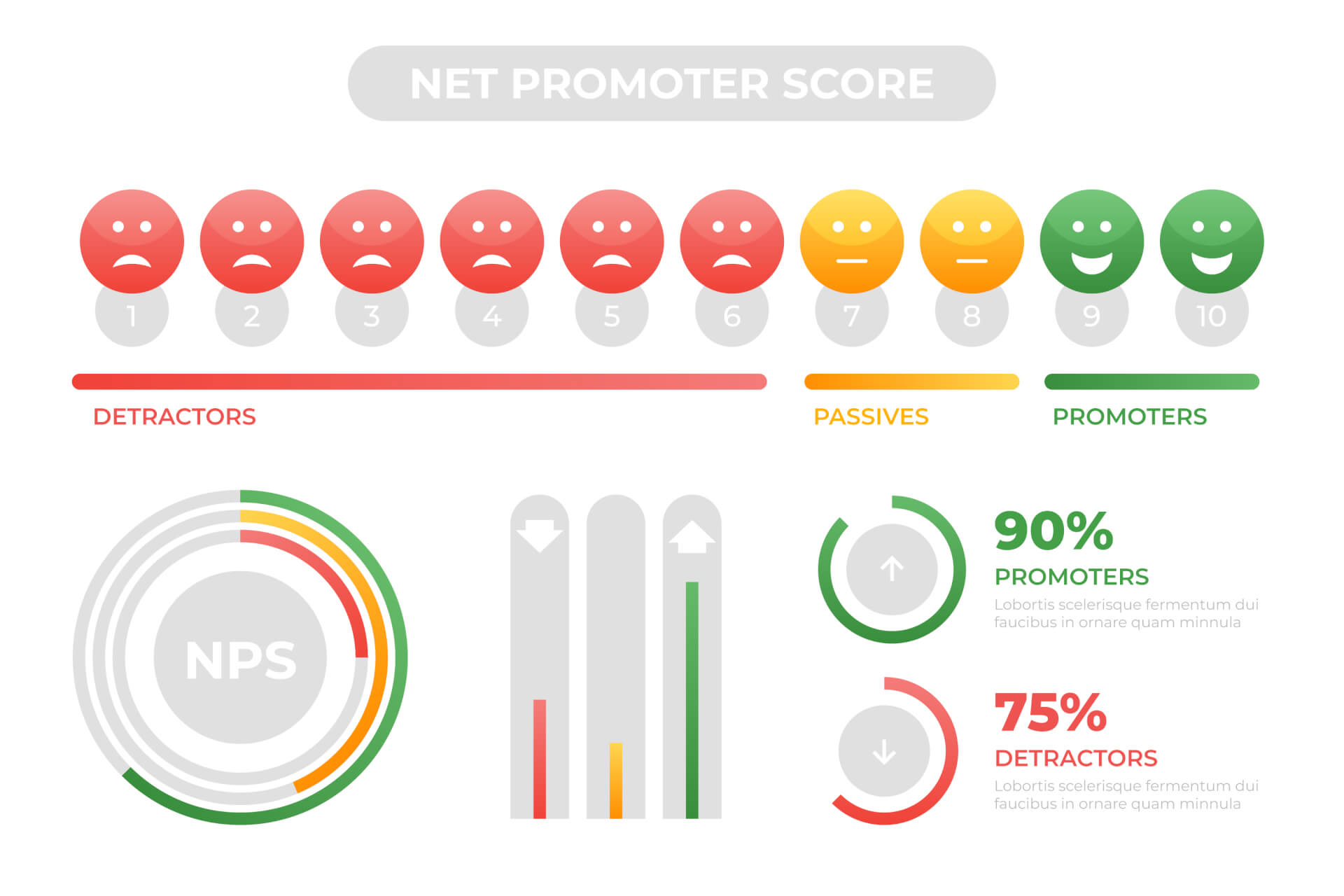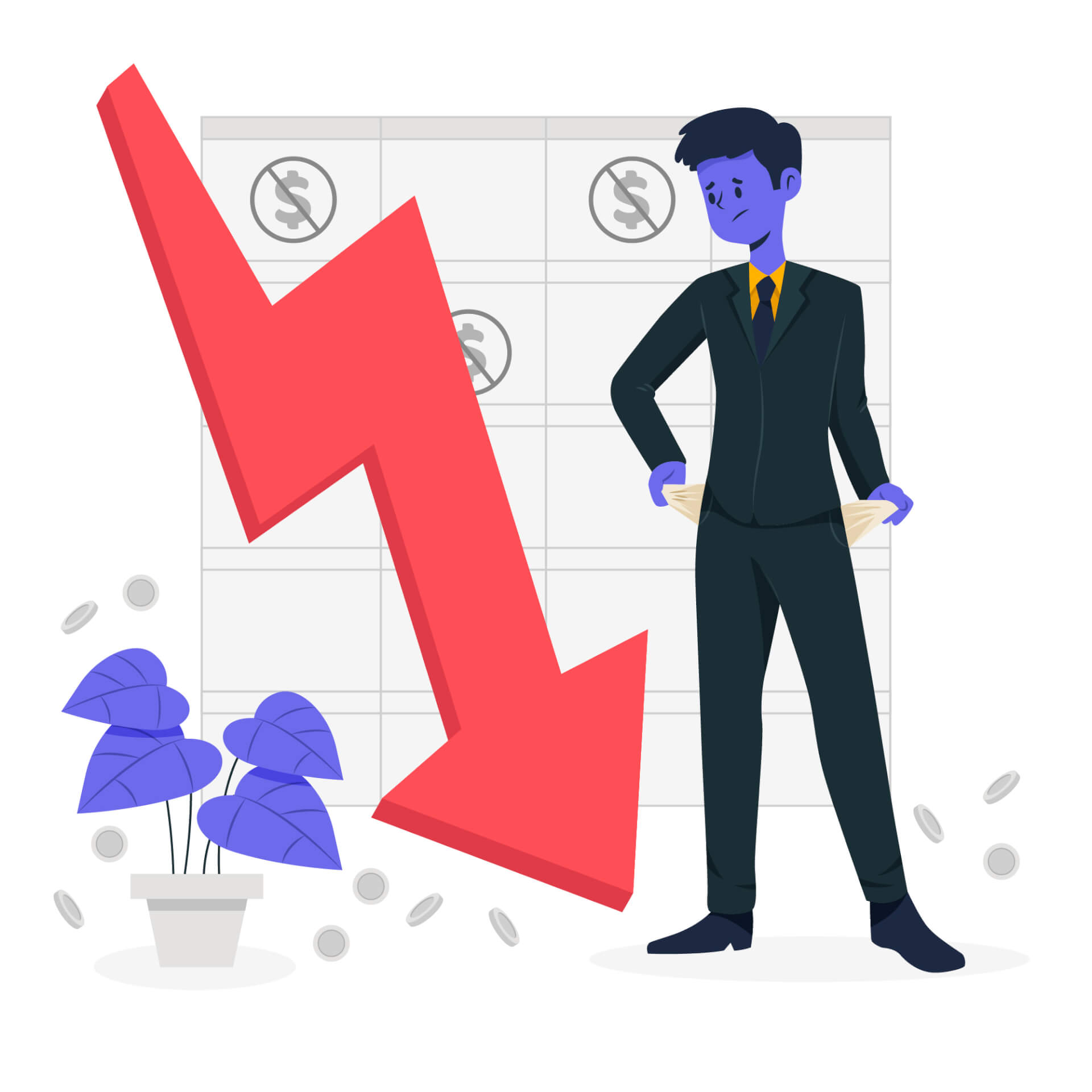Detractors, also known as critics, are a kind of “taboo subject” in the business world - nobody really likes talking about or even thinking about angry customers. However, these customers are vital to business development. This is because most unhappy customers not only choose never to use the service they didn't like again, worse, they share their disappointment with friends and acquaintances.
However, these customers are vital to business development. This is because most unhappy customers not only choose never to use the service they didn't like again, worse, they share their disappointment with friends and acquaintances.
And that is just one of many reasons why you shouldn't ignore a critic. While negative feedback may seem terrible, negative customer feedback is an opportunity to further improve your internal operations.
Table of Contents
What is a Detractor?
If you want to understand your critics and get valuable information from the feedback, you need to be able to recognize him.
In general, the critic is defined as someone who is dissatisfied with the brand, product or service, or who has "something to complain about" about everything you say or do.
In business, the term is used to describe the customer segment 0-6 within the Net Promoter Score. These critics are then called Dectractors.
How to identify critics
 In the area of customer satisfaction analysis, there are various methods to identify a Dectractor, above all the Customer Satisfaction Survey, abbreviated as CSAT, as well as the Net Promoter Score, which you already know under the abbreviation NPS.
In the area of customer satisfaction analysis, there are various methods to identify a Dectractor, above all the Customer Satisfaction Survey, abbreviated as CSAT, as well as the Net Promoter Score, which you already know under the abbreviation NPS.
To understand these two approaches, you can think of the customer base as running water. The new water that comes into the stream from the source is the new customers. The speed at which new customers are washed into the stream is the growth rate of your company.
The proportion of water that seeps into the ground is the churn, i.e. the migration rate. The task now is to identify the gaps through which the water seeps.
A survey based on CSAT is therefore used to further use the analogy here, to find the number of gaps, and provides initial indications of how these gaps can be closed. The NPS survey, on the other hand, serves the overall picture of the customer experience and reveals gaps that you previously didn't even know existed.
While CSAT can try to measure every activity of the customer, the survey using NPS enables the growth rate to be evaluated and provides open, actionable feedback with which the churn rate can be constantly reduced.
Why You Can't Ignore Detractors.
1. Detractors can ruin your business.
 Ignoring detractors is easy, especially when they comprise a small percentage of the customer base. However, this is a very dangerous attitude.
Ignoring detractors is easy, especially when they comprise a small percentage of the customer base. However, this is a very dangerous attitude.
Because dissatisfied customers reduce both your sales and the associated sales figures. As? This can be easily explained with a few facts.
For example, 41% of all consumers are less willing to spend money on a service with which they have already had a negative experience. Even more than 51% of all business customers will avoid the company for an average of up to 2 years if they have had a negative experience with customer support.
This income is not only missing, you are even adding to it, because you have to compensate for every dissatisfied customer with at least one new customer. Acquiring these is associated with a lot of effort and costs. In addition to the costs for advertising and acquisition, there is the loss of time that you have due to the associated effort because your employees cannot deal with other tasks.
Do not give up critics, because studies have shown that the success rate when selling goods and services to new customers is only 5% -20%, while with existing customers it is an attractive 60% -70%.
So don't ignore the detractors, they are very difficult to spot anyway. Because other studies have shown that only one in 26 dissatisfied customers actually complains. The other 25 customers leave without comment.
2. Detractors can damage your company's reputation
In times of social media, it is all the more important not to ignore detractors, because while the critic rarely complains directly, he ventures his displeasure all the more often on social media. This can do massive damage to your company's reputation, as 70% of consumers now use social media to inquire about a company. If these potential new customers find only or mostly bad reviews, there is no purchase or cooperation.
3. Detractors help your competitors.
 Actually, a logical consequence, because once a critic has decided to end the cooperation, his first step is to find a new provider. And that happens quickly, as 8 out of 10 consumers stated that they would have no problem switching providers if they received poor service from the current provider.
Actually, a logical consequence, because once a critic has decided to end the cooperation, his first step is to find a new provider. And that happens quickly, as 8 out of 10 consumers stated that they would have no problem switching providers if they received poor service from the current provider.
So, the more detractors you have and the more you ignore them, the easier it is for your competitors to pick up these customers and secure a market advantage over you.
Work constantly to identify your Dectractors and do not shy away from contacting them or making the effort to turn these customers into convinced supporters of your company again.
 Reading recommendation: If this article helped you and you would like to find out more about the Net Promoter Score, continue reading here: “The Net Promoter Score – Basics and Areas of Application”
Reading recommendation: If this article helped you and you would like to find out more about the Net Promoter Score, continue reading here: “The Net Promoter Score – Basics and Areas of Application”